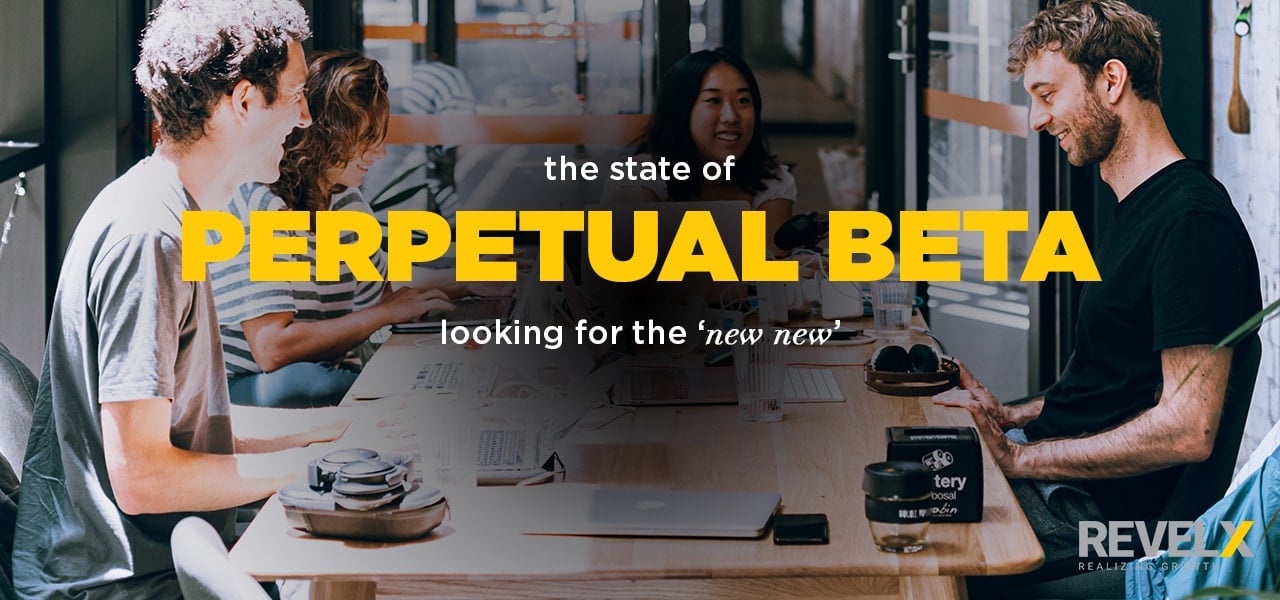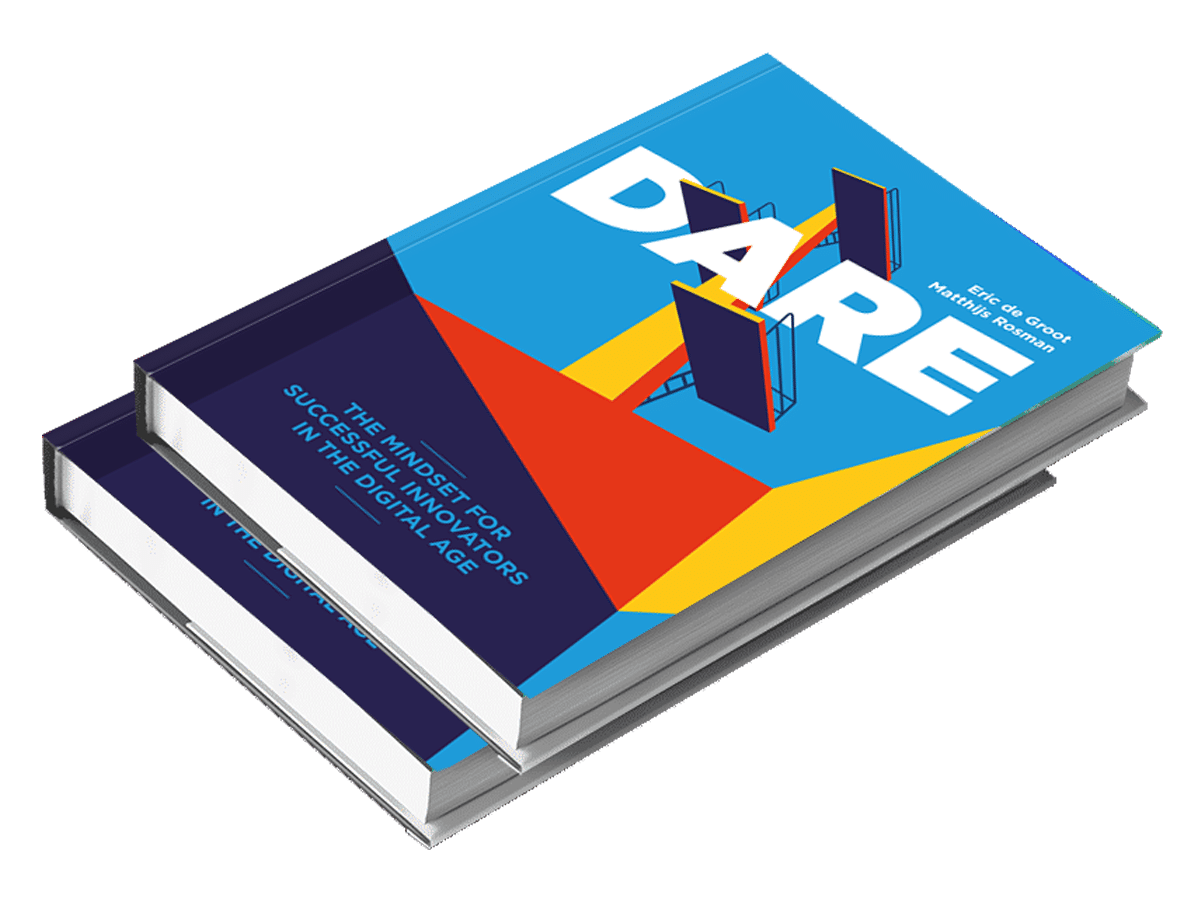In my previous blog I discussed the first element of DARE. Defiance is followed by disruptive creativity and ‘failing forward’ – a popular startup term for discovery of the new or unknown. If you have decided to break with convention in your industry and move into the space of disruption, you immediately find yourself in uncharted territory. You have left the beaten path and find yourself in a less crowded space (at least for the short term; if you do well, others will follow suit): the space of the adventurer.
“I haven’t failed. I have just found 10,000 ways that won’t work.”
Thomas Edison
As with disruption of your industry, the objective of embarking on an adventure is often to find empirical evidence for a thesis. To go on a quest to find an answer or to right a wrong. In the 13th century, many adventurers set out to explore the exotic new world. Marco Polo enriched his native Italy with his discoveries such as paper money, eyeglasses and spaghetti. The Portuguese navigator Magellan circumnavigated the globe. Captain Cook discovered many new territories across the world during his travels. The tales and findings of these iconic adventurers have allowed us to broaden our horizons. To literally teach us that the world is not flat and that taking a different perspective allows us to see an alternative reality.
Adventures stem from curiosity and creativity
Adventurers are looking for the ‘new new.’ Startups call this the state of ‘perpetual beta.’ It requires us to remain open minded to our surroundings. To take in new facts objectively and creatively shape a new situation. Adventures stem from curiosity and creativity. Creativity is a phenomenon whereby something new and somehow valuable is formed. It requires us to let go of the past and create something new, a process which is at the core of the great adventurers. Literally embarking on missions where all known references – such as sight of land, humanity and culture – are let go.

Creative thinking and disruption
Much research has been done to understand the mystery of creativity and to assess whether it is a gift or a skill that can be taught and learned. Good news. Studies of identical twins that were separated at birth indicate that creative thinking originates one-third from genetics. Two-thirds of this part of the mindset can be learned. The field of creativity has always been of great interest to scholars in psychology, philosophy and economics. In 1942, the Austrian Joseph Schumpeter introduced the concept of ‘creative destruction’ in his book Capitalism, Socialism and Democracy. I touched upon Schumpeter’s work in the first post in this series.
Another notable scholar in the field of creativity is Sarnoff Mednick. Mednick was a psychology professor at the University of Michigan. He defined the process of creative thinking as an associative process. He developed the Remote Associates Test (RAT) to measure the human creative potential. The test provides three stimulus words that are remote from one another; the respondent is then required to find (via the creative process) another word that is a criteria-meeting mediating link, which can be associated with them all in a meaningful way. The more mutually remote the elements of the new combinations, the more creative the process or solution.
Drawing from ‘Neue Kombinationen’ and associative thinking, we often like to use an ideation tactic which is derived from our Nine Growth Tactics. I will not discuss them in this post but please refer to the Growth Warehouse for more information. By forcing growth teams to combine multiple innovation building blocks, we trigger the creative process of coming up with new growth engines that may spark disruption. The nine tactics provide the fuel.
Successful adventurers possess high levels of integrative complexity: they are able to consider and combine multiple perspectives and points of view to generate creative ideas. No wonder creativity gurus often stipulate that, to stimulate creativity, professionals should work in cross-disciplinary teams when solving business problems. Equally, this is why I propagate the formation of multidisciplinary teams in innovation labs.
Practicing disruption
In my practice, creativity is the key ingredient of the ideation process for creating innovative growth plays. After we have broken down the governing conventions in the organization or industry, we have to apply creativity to build up new propositions, business models or complete organizations. Thinking destructively is a powerful tool in this context. We like to play a disruption game with our clients we call ‘DISRUPTR’, a high-impact workshop format in which we apply all of our creative powers to construct an enemy disruptor who is set to eradicate us as a business. The Vanderlande FLEET proposition, mentioned in my previous post, was further refined as part of a DISRUPTR workshop with the international management team. This practice of ‘role play’ sparks great creativity and resourcefulness in teams. It triggers processes of lateral thinking, finding analogies and metaphorical applications. We create a setting in which we greatly exaggerate the disruptive powers threatening the incumbent only to arrive at a realistic creative growth strategy for our clients.

Experiment for de-risking
In the end, experimental learning is the way of the adventurer. In a way, Polo, Magellan and Cook did nothing but experiment. They started with a thesis and set out to support it or discard it. The same holds for Leonardo da Vinci. He ran countless experiments while closely monitoring and observing their outcome.
In the days of the great explorers, undertaking the experiment of going on an adventure was a dangerous endeavor. The majority of those explorers never returned from their adventures. It was Roald Amundsen, the 20th-century Norwegian explorer, who said adventure is just bad planning. Amundsen made his name as an explorer who was a firm believer in preparation, planning and using the right equipment.
I am a great advocate of experimentation, although I use experiments to ‘de-risk’ growth and disruption strategies instead of making them a life-threatening undertaking. I rather adhere to the process of effectuation. In simple terms: begin with whatever resources you have and deploy them to test your most pressing growth hypothesis. Effectuation is a method of incremental investment which is applied in situations where not all the facts are known. Well-run experiments provide powerful insights and often produce sound proof of likely success.
If you are still with me on the DARE journey, please have a look at yourself. When did you last take yourself on an adventurous business journey not knowing all the stakes, taking (high) risks? What was your last experiment? Did you really open up for disruption of your business?

Introducing DARE: The Mindset for Successful Innovators in The Digital Age
Learn how successful innovators and business leaders realize growth with DARE – now Amazon’s #1 best-selling title!
Eric de Groot
Boardroom strategist with unparalleled creative brainpower. Always focused on growth. Creates speed by combining business modeling with inventive pragmatic solutions. Invests in involvement over a sustained period.
Related posts
Step 1. Why every CEO should play the DisruptR game with their team
DisruptR Game for CEOs fosters strategic innovation. Learn…
June 22, 2025
Innovation governance: Why every CEO needs a Growth Board
Growth Board for CEOs is essential. Discover how this…
June 19, 2025
Why innovation belongs on the CEO agenda
Innovation on the CEO agenda is essential. Explore why…
June 16, 2025



